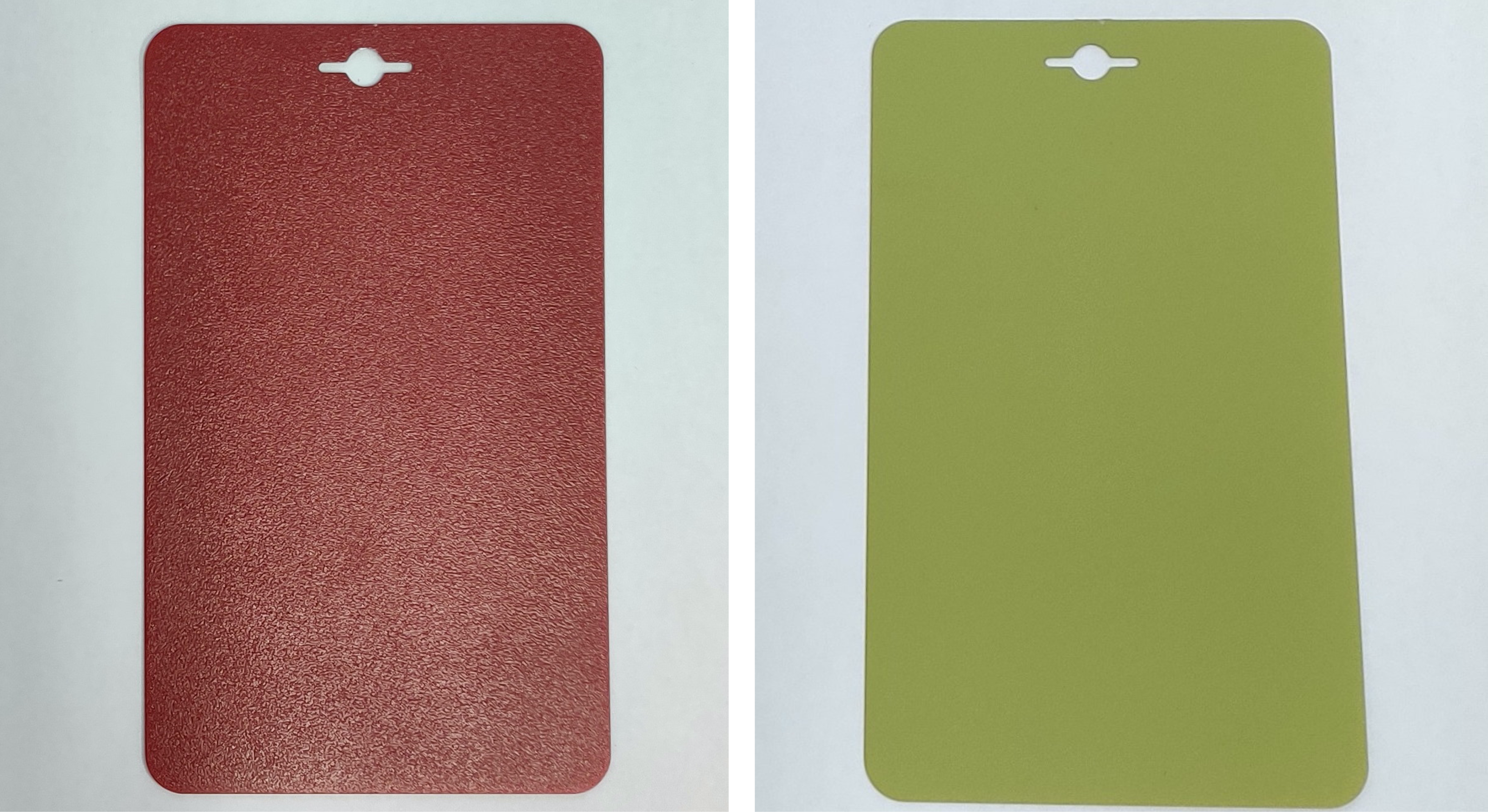- Erie Powder Coatings has developed powder coatings with graphene nanotubes for EMI and RFI applications.
- The new products demonstrate both conductive and static dissipative properties in combination with aesthetic performance in a variety of surface textures and colors.
- The solution is being recognized for its excellent price-per-performance ratio, along with graphene nanotubes’ superior environmental compliance and the full range of properties they enable in coatings.

Many types of equipment may be adversely affected by radiated interference, known as electromagnetic interference (EMI) and radio frequency interference (RFI), therefore a conductive coating should be applied to protect sensitive electronic equipment. An antistatic additive is the key ingredient that enables conductivity in coatings. While most additives on the market are able to provide the required resistivity, there can be significant drawbacks.
A leading Canadian producer in its field, Erie Powder Coatings, has developed a variety of powder coatings using OCSiAl’s TUBALL graphene nanotubes. The new products demonstrate both conductive and static dissipative properties with resistance ranging from 103 Ω/sq to 109 Ω/sq. Initial laboratory tests showed positive results in combining the targeted conductivity with aesthetic performance in a variety of surface textures and colors. “Traditionally formulated high conductivity powder systems rely on conductive carbon black, which limits pigmentation options. By switching to a graphene nanotube system requiring lower dosage levels, a significantly wider range of color options are available,” said Tyler Siska, Erie Powder Coatings Research & Development Manager.
Graphene nanotube concentrates are introduced at the premixing stage. Standard powder coating production extrusion technology is used to incorporate the nanotubes with no special adaptation. Thanks to their unique morphology, nanotubes build a uniform conductive, reinforcing network inside material with no increase in melt viscosity. The unmatched ultra-low working dosage allows producers to expand the range of product colors and gives greater flexibility in the final formulation.
“Due to the ultra-low working dosages of graphene nanotubes that start from 0.01%, our clients globally recognize the excellent price-per-performance ratio of TUBALL nanotubes, along with nanotubes’ better environmental compliance and the full range of properties they enable in coatings,” said Sergey Zasukhin, OCSiAl Business Development Director for Canada, Mexico, Central and South Americas.
Compatible with most engineering plastics and metal substrates, sprayable electrically conductive powder coatings with graphene nanotubes are highly welcomed in electrostatic sensitive applications in ATEX hazardous environments, instrumentation, medical, marine, aviation, and defense industries.
Learn more on graphene nanotubes in powder coatings at tuball.com.
